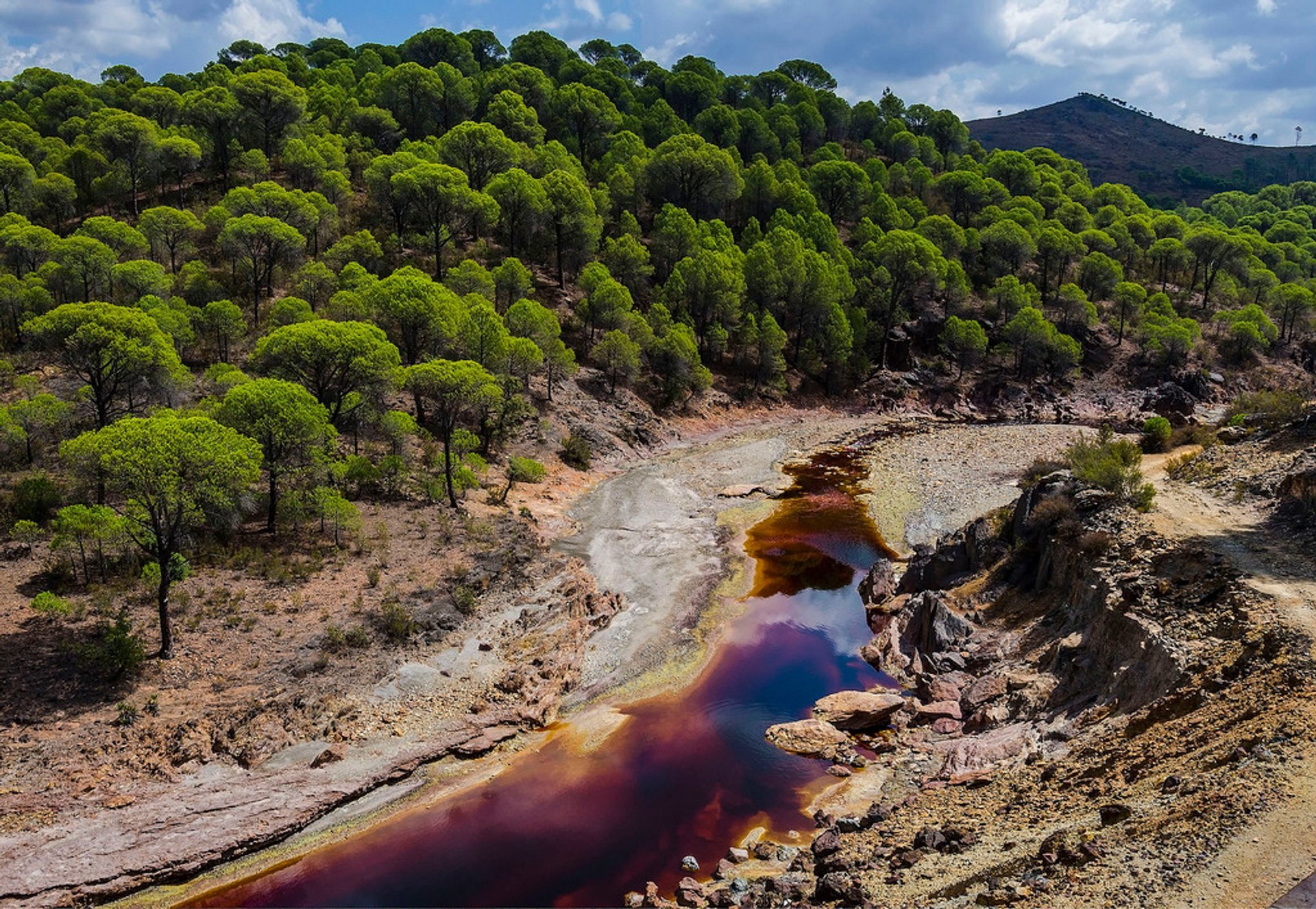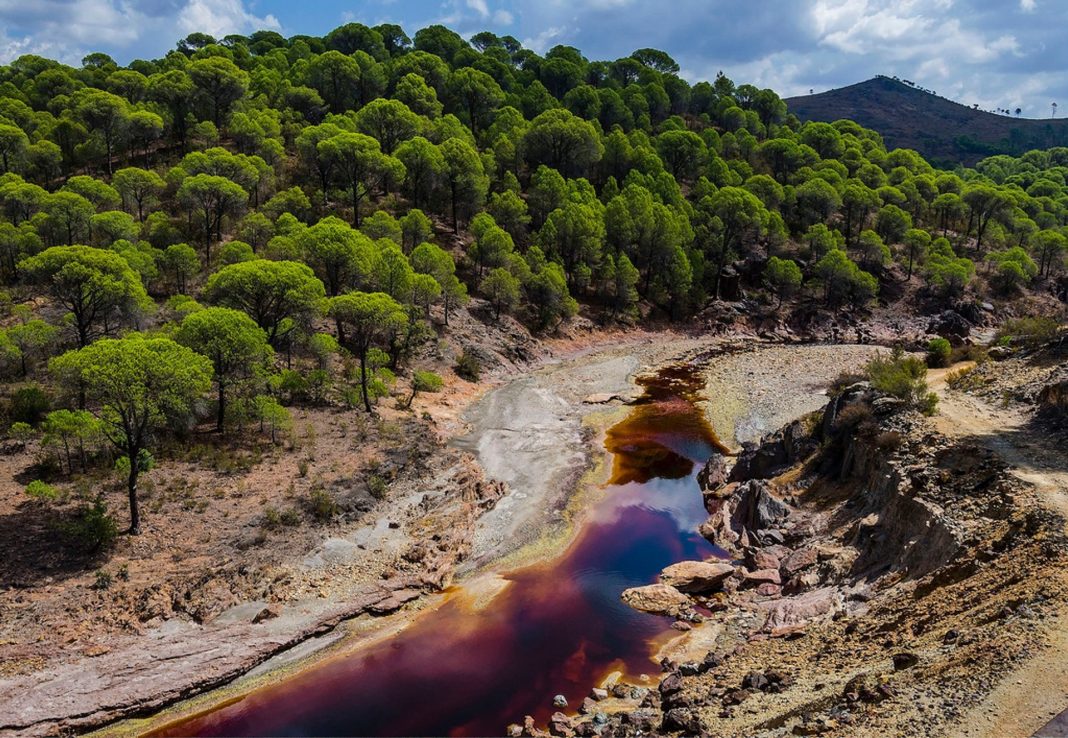 Title: Rio Tinto to Develop Low-Carbon Steelmaking Facility in Western Australia
Title: Rio Tinto to Develop Low-Carbon Steelmaking Facility in Western Australia
Introduction:
Rio Tinto, one of the world’s largest iron ore producers, has announced plans to invest $215 million in a research and development facility in Western Australia. The facility, called Biolman R&D, aims to assess a low-carbon-making process that could revolutionize steel production. By utilizing raw biomass and microwave energy, Rio Tinto hopes to convert iron ore to metallic iron while significantly reducing carbon emissions. This project is a joint effort with the University of Nottingham, Metso Corporation, and Western Australian engineering company Sedgman.
The Pursuit of Low-Carbon Steel:
With the growing urgency to combat climate change, the steel industry is under increasing pressure to reduce its carbon footprint. Currently, global steel production contributes to approximately 11% of all carbon dioxide emissions. China, as the largest producer of steel, has the highest steel-induced CO2 emissions. However, there is a global shift towards more sustainable steelmaking methods.
Rio Tinto’s BioIron Process:
Rio Tinto’s BioIron process, which will be tested at the Biolman R&D facility, has the potential to reduce carbon emissions by up to 95% compared to the traditional blast furnace method. By using raw biomass and microwave energy, Rio Tinto aims to transform iron ore into metallic iron on a semi-industrial scale. This innovative approach presents a significant step towards achieving net-zero carbon steel production.
Collaboration and Economic Opportunities:
The Biolman R&D facility is a collaborative effort between Rio Tinto, the University of Nottingham, Metso Corporation, and Sedgman. This partnership brings together expertise in mining, engineering, and academia to advance low-carbon steelmaking. Once completed, the facility is expected to create 60 construction jobs in Western Australia, contributing to the state’s economic growth.
Australia’s Role in Iron Ore Production:
Australia plays a crucial role in global iron ore production, supplying approximately half of the world’s iron ore. Despite ranking 29th in crude steel production, the country’s abundant iron ore reserves make it a significant player in the industry. Therefore, it is fitting for Western Australia to take the lead in low-emission steelmaking, aligning with its ambitions to become a renewable energy powerhouse.
Trends in Sustainable Steelmaking:
The Global Energy Monitor reports that 43% of the world’s planned steelmaking capacity now utilizes electric arc furnace (EAF) technology, which is more environmentally friendly compared to the coal-based blast furnace-basic oxygen furnace (BF-BOF) method. This shift indicates a growing trend towards sustainable steel production. By embracing low-carbon initiatives such as Rio Tinto’s BioIron process, the global steel industry can contribute to a greener and more sustainable future.
Research and Funding for Low-Emission Steel:
Recognizing the importance of decarbonizing domestic steel production, the University of Wollongong and industry partner BlueScope Steel have received $4.2 million funding from the Australian Renewable Energy Agency (ARENA). This funding aims to explore the utilization of low and medium-grade iron ore in low-emission steelmaking. By investigating the viability of using Australia’s Pilbara ores in electric smelting furnaces (ESFs), researchers are addressing future challenges and constraints to achieve low-carbon steel production.
Conclusion:
Rio Tinto’s investment in the Biolman R&D facility signifies a significant step towards achieving low-carbon steel production. By leveraging raw biomass and microwave energy, this innovative approach has the potential to revolutionize the steel industry and significantly reduce carbon emissions. With collaborative efforts and ongoing research, Australia is well-positioned to lead the way in sustainable steelmaking, contributing to a greener future for the planet.


